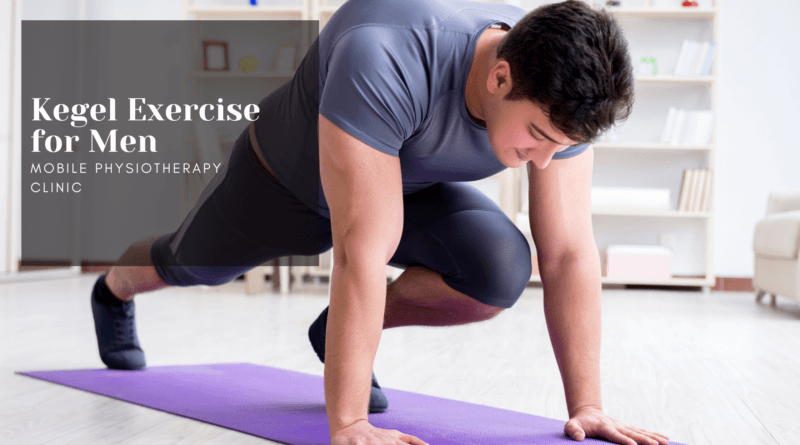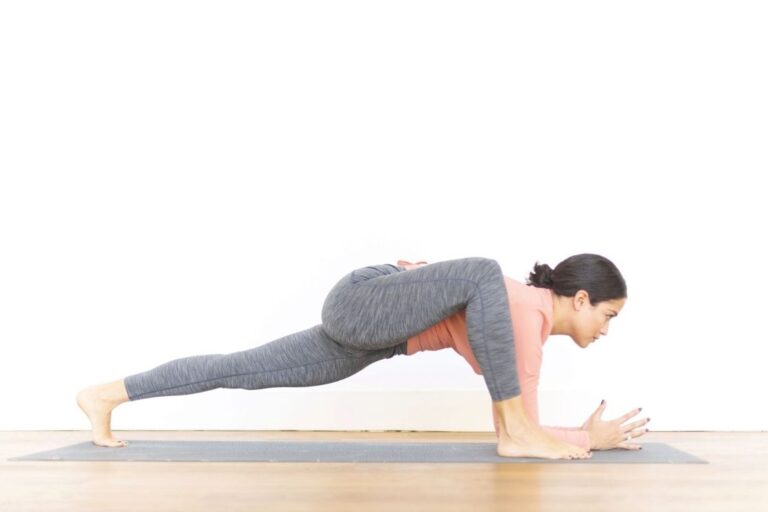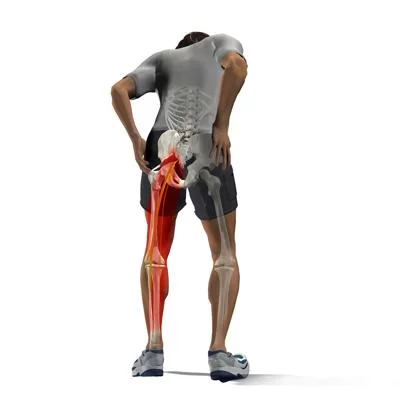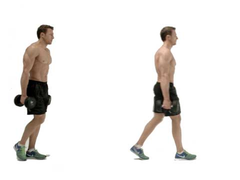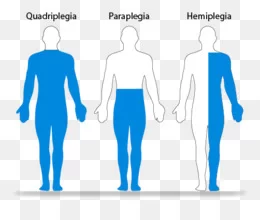Kegel exercise for men
Kegel exercises, or pelvic floor exercises, are very important for both men and women. When these are performed regularly and consistently, they can help with male continence and sexual issues that they have.
What are Kegel Exercises?
In 1948, the United States gynecologist named Dr. Arnold H. Kegel published a study where he mentioned pelvic floor strengthening exercises for females post they undergo a childbirth or a surgery, using a device called a Perineometer.
These pelvic floor exercises are also known as Kegel exercises after their inventor Dr. Arnold H. Kegel, are also important for males.
The pelvic floor muscles form a sling that runs from the tailbone at the back of the body to the pubic bone at the front. These muscles support the bladder and the bowel area, controlling the passing of urine, stools, and wind (gas). They also have a role in erections during sex in males.
The pelvic floor in males can be weakened for many reasons. Some of them are listed below:
- prostate surgery
- pelvic trauma or surgery
- straining to pass stools
- a persistent cough
- having obesity or overweight
- repeated heavy lifting
- an overactive bladder
- lack of exercise
Why are Kegel exercises beneficial for males?
As it is with any other muscle, conditioning the pelvic floor muscles through regular, consistent and correctly performed exercises makes them stronger. Therefore, they can perform their functions better and more reliably.
There are many benefits of doing kegel exercises for men. Some of the possible benefits of Kegel exercises for males include:
- improving bowel and bladder control
- helping control the passage of wind
- preventing leakage of urine and stool
- helping the bladder empty completely
- helping with achieving erections
- helping prevent premature ejaculation
Can Kegel exercise improve your sex life?
Kegel exercises may have sexual benefits for both women and men. According to the scientists in the International Urogynecology Journal, several studies have linked pelvic floor muscle training (kegel exercises) to better sexual function in women. Research reported in Sexual Medicine Reviews suggests that they may also help treat sexual dysfunction in men. More specifically, they may help improve the erectile function, ejaculation control, and orgasm intensity in men with chronic prostatitis or chronic pelvic pain syndrome.
How Can Men Do Kegel Exercise?
Kegel exercises are easy to do, once you know which exact muscles are to be targeted. One of the easiest ways to locate your muscles is during urination. Here’s how:
- When halfway through urination, try to stop or slow down the flow of urine.
- Do not tense the muscles in your buttocks, legs, or abdomen, and do not hold your breath.
- When you can slow or stop the flow of urine, you have successfully located these muscles.
Some men find these muscles by imagining that they are trying to stop the passage of wind (gas). Squeezing these muscles gives a pulling sensation; these are the right muscles for pelvic exercises. It is very important not to contract other muscles while trying to do these exercises or while locating the exact target muscles.
Some men also might need a biofeedback to help them target the right muscles for these exercise regimes to be followed.
Kegel exercises are very easy to do, once you get an idea about how these are to be done. You can do them anywhere without anyone knowing.
Like any of the basic or general exercise programs, you should start with small steps.
- You can do Kegel exercises anywhere or anytime, but you may want to start by lying or sitting on your bed.
- Squeeze your pelvic floor (Kegel) muscles for about five seconds. While doing this you have to ensure that you do not stop breathing or hold your breath. To keep from holding your breath, try counting out loud. Then relax for another five seconds.
- Do this exercise 10 times per session. Try to do at least three similar sessions per day. If you get tired, then stop.
- Try to reach the point where you are holding for 10 seconds and then relaxing for another 10 seconds.
- You should not feel any pain while you are doing Kegel exercises. If you have pain, you might be doing them incorrectly. At this point, you should speak to your healthcare provider, be it a doctor, your nurse, your physiotherapist or a person who is well aware of the process. They may have suggestions about how you can improve your technique or be able to provide you with a physical therapy program for pelvic floor exercises that may even include a biofeedback.
It is also important to learn how to relax your pelvic floor muscles to avoid any pain and to help with proper muscle functioning.
Your pelvic floor muscles may get tired while you are doing this exercise. If this happens, stop and do the exercise at a later time.
Do not use your stomach, leg, or buttock muscles when doing this exercise. Exercising these muscles will not help you regain urinary control or improve your sexual health.
When you are first starting doing these exercises, it may be easier to do Kegel exercises lying down, so your muscles will not be fighting against gravity. It may also be easier to contract the muscles for just two or three seconds at first.
After a few weeks, increase the time until eventually you are contracting the muscles for a slow five or 10 seconds, and do the exercises standing up. That puts more weight on the muscles, boosting your workout and improving your control.
Remember not to tense your buttock, legs, or stomach muscles while you are doing Kegels.
Kegel exercise for men video:
Risks associated with Kegel exercises for men
Kegel exercises should not cause damage if you learn how to relax the muscles, as well as strengthen them. You should not do the Kegel exercises to excess. You also should not spend too much time trying to stop your urine flow as that may also be very harmful to your other organs associated with urinating.
Do not do Kegel exercises if you have a urinary catheter (a hollow, partially flexible tube that collects urine from the bladder and leads to a drainage bag) in place.
When to Do Kegel Exercise
Most people prefer doing Kegel exercises while lying down on a bed or while sitting on a chair. You can do them in any position in which you feel comfortable. Doing Kegel exercises while standing can be very helpful because that is usually when urinary leakage happens.
To keep your urine from leaking, try to do a Kegel exercise before doing these activities:
- When standing up
- While walking
- While walking to the bathroom
- While sneezing or coughing
- While laughing
Regularly doing these exercises will help strengthen your pelvic floor muscles and reduce any further urinary leakage.
Having Trouble doing Kegel Exercises
If you are having any trouble doing Kegel exercises, do not be embarrassed to ask for help. Your doctor, nurse, physiotherapist or other health care provider can give you important feedback so that you learn to isolate and strengthen the correct muscles.
In some cases, biofeedback training is very helpful. In a biofeedback session, your doctor or other health care provider inserts a small probe into your rectum. As you relax and contract your pelvic floor muscles, a monitor will measure and display your pelvic floor activity. Research suggests that biofeedback training is more effective in treating fecal incontinence.
When Will You See Results from Kegel Exercises?
Seeing results with any exercise takes time as it is no miracle, so be patient. If you do Kegels three times in a day, you should see better bladder control within three to six weeks, some men see it even sooner than expected as the result depends on person to person. Try keeping a record of your urine leakage each day to help you notice your improvements.
If you do not see any change in a month, you may not have located the right muscles for Kegel exercises. Give your doctor or urologist a call. They can offer tips on how to find and successfully exercise the right muscles. Similar to rehab for a weak shoulder, formal pelvic floor physical therapy or say kegel exercises may also help.
3 Tips to Help Make Kegel Exercises a Habit
The most effective exercises are the ones you do regularly. In order to help you get into the rhythm of doing Kegel exercises, try these simple tips:
- Stay consistent – Do your Kegel exercises at the same time each day, maybe this can be done with the first thing in the morning like while you are urinating, while brushing your teeth, and as you watch TV.
- Remember the benefits of it – If you keep up with Kegel exercises, they can really make a difference in your urinary incontinence.
- Pay attention to progress that you are noticing – Over time, you will notice your urinary incontinence is improving. Maybe you are having fewer leaks, or you are leaking less.
If incontinence remains bothersome despite a good and prolonged effort at pelvic floor strengthening, discuss medical or surgical options with your doctor.
How to get the most benefit out of Kegel Exercises?
Some tips for performing Kegel exercises include:
- breathing naturally and not holding the breath
- tightening the kegel muscles from back to front, while pulling them inwards and upwards
- not squeezing or flexing your buttock, thigh, or abdominal muscles
- not raising your eyebrows, shoulders, or toes
- trying other positions, such as standing or squatting, which can only be done with a lot of practice
With regular Kegel exercise, a person’s pelvic floor strength will improve over time. It should gradually become easier to interrupt or hold passing urine if necessary, although this should not form part of a regular exercise routine.
Males who have difficulty locating their pelvic floor muscles should talk to their doctor. Healthcare professionals can refer them to a physiotherapist or continence advisor for specialist help with these exercises.
The United Kingdom’s National Health Service (NHS) also recommends a pelvic floor exercise app. It is aimed particularly at males working with a specialist to help with issues such as premature ejaculation, erectile dysfunction, and urinary incontinence.
Pain and Kegel Exercises
Kegel exercises should never hurt. Most people find them relaxing and easy. But if you use the wrong muscles during Kegel exercises, you may feel uncomfortable while or after doing it.
Also you may get back or stomach pain after doing the exercises, you may be trying too hard and using your stomach or back muscles instead of your pelvic floor muscles.
And you may get a headache after doing the exercises, you may be making your chest muscles tight and holding your breath.
If you have any questions, call your nurse. You may also want to talk to your healthcare team about pelvic floor physical therapy. Pelvic floor physical therapy can help you with issues you might be having in your bladder, bowels or pelvic area.
Kegel exercises in an emergency
If you are leaking or leak urine when you cough, sneeze, laugh, bend over, or lift something heavy (stress incontinence), doing one or more Kegel exercise routines before a “trigger” may be enough to prevent any leakage. In other cases where you have the urge to urinate and doubt whether you are going to make it to the toilet or restroom on time, doing Kegel exercises may get you safely to a restroom.
Summary
Although many people often do not discuss about male Kegel exercises, they can be and are definitely very beneficial.
In particular, they may help in resolving continence or erectile issues and problems such as obtaining and maintaining erections for even some minutes.
If males have difficulty in performing these exercises, or the issues that they have do not resolve, they should immediately seek medical advice. A doctor may refer them to a specialist who can help with these exercises and further guidance on how this should be done in order to get rid of the exact concern.

